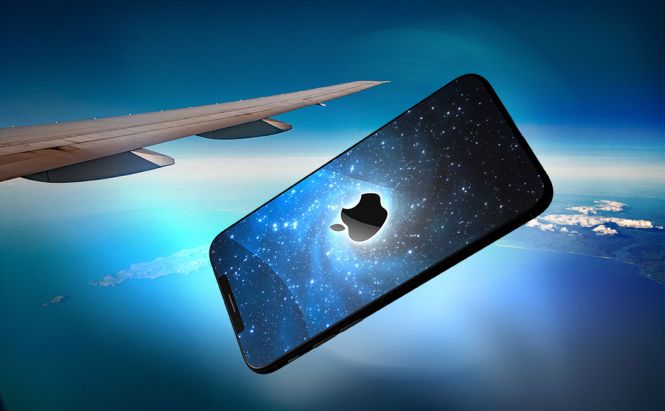 How can iPhone survive a fall from ~16,000 feet?
How can iPhone survive a fall from ~16,000 feet?
Jokes aside, the incident with Alaska Airlines flight 1282 was a really scary experience for everyone involved. Luckily, it’s never turned into an accident, but there is obviously something wrong with 737 Max planes, and we are glad to know that Boeing has launched a full-scale investigation.
The curious side of the event are a couple of phones flying down to Earth about 16,000 feet (that’s around 4,000 meters, if you think in the metric system) and remaining fully operational afterwards. How’s that possible? Let’s consider the physics behind this strange outcome.
Physics of a falling iPhone
As you’ve noticed, we’re talking about two phones that fell off flight 1282, but it’s only the iPhone that made into the news, for whatever reason. Moreover, this one is not the first officially registered incident involving phones landing from high altitudes only to be found later in working condition: for example, one fell from 1,000 feet in 2018, and another from 9,300 in 2015. It’s just that the circumstances of those falls weren’t as dramatic.
So why don’t they shatter to pieces upon impact? Three reasons.
- Inherent durability – phone makers tend to opt for stronger glass.
- Terminal velocity – a falling phone (or falling anything, for that matter) accelerates only to a certain point.
- Mode of landing – a fall screen down flat on a tile floor is completely different from tumbling through bushes on the way to the ground.
 This is how it usually ends for an iPhone (AI-generated image)
This is how it usually ends for an iPhone (AI-generated image)
If you’re skeptical about item #1 above, item #3 explains why your phone, Gorilla glass and everything, acquires a web of cracks after falling 3 feet from a desk, while another remains intact having traveled 16,000 feet to the ground. The former hits a very hard surface, with impact concentrated in a single point, give or take; the latter, meeting bushes, slows down with every twig and leaf (all rather soft) it hits on the way. Thus, when it reaches ground, the speed of its travel is not that high already.
As for terminal velocity, given a typical phone’s dimensions and weight, it stops accelerating after falling for a bit more than 300 feet, and by that time, its speed will be around 60 mph. That’s physics for you!
And while it’s fascinating to hear the story of an iPhone screaming down 16,000 feet and surviving the fall, considering the circumstances, we’d rather have no news like that to report at all. Save flights, everyone!



